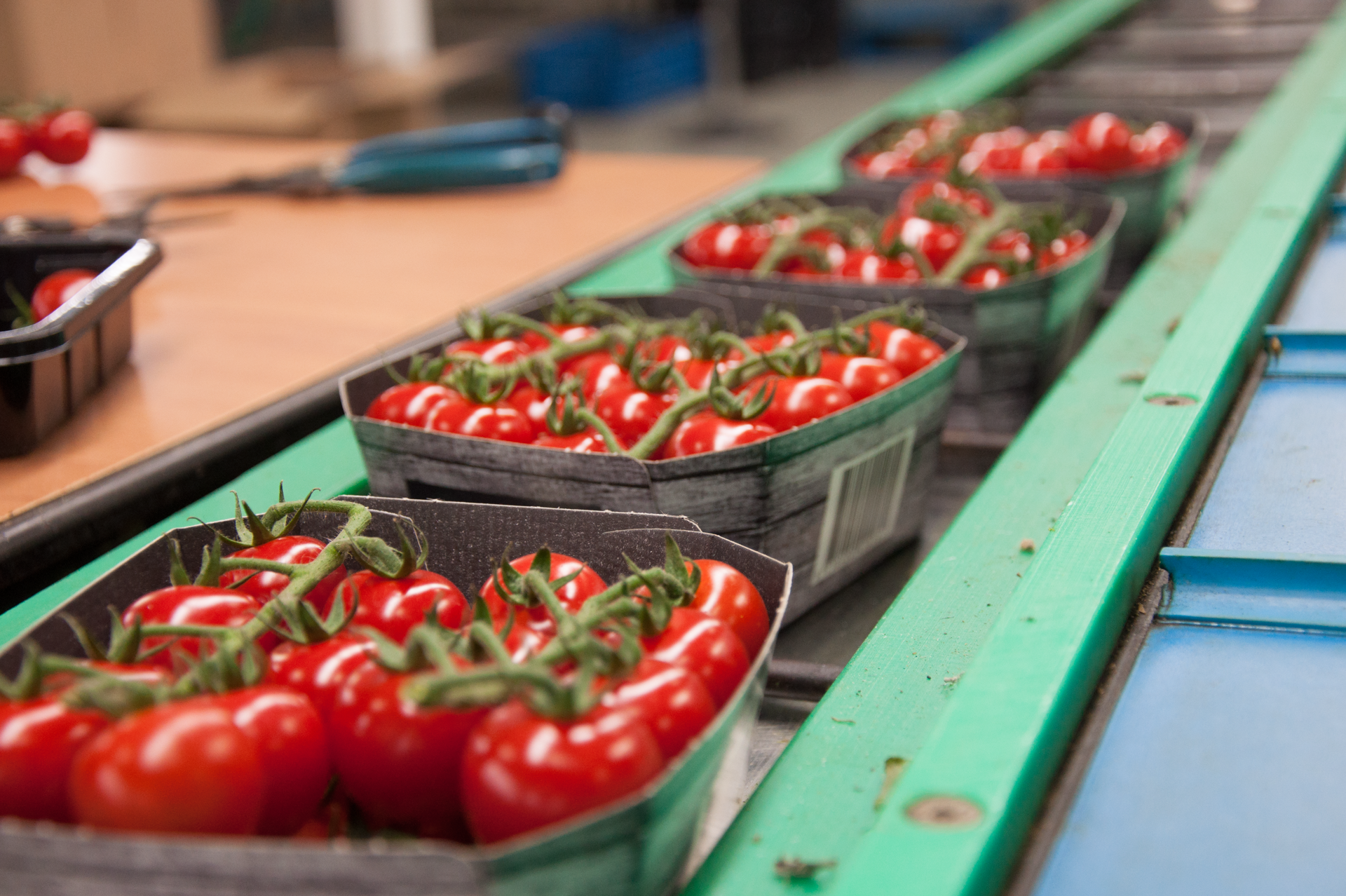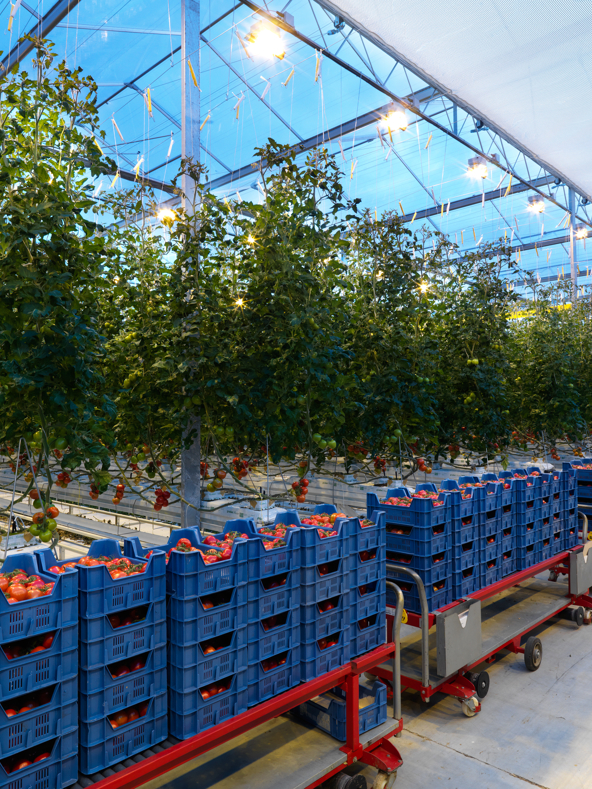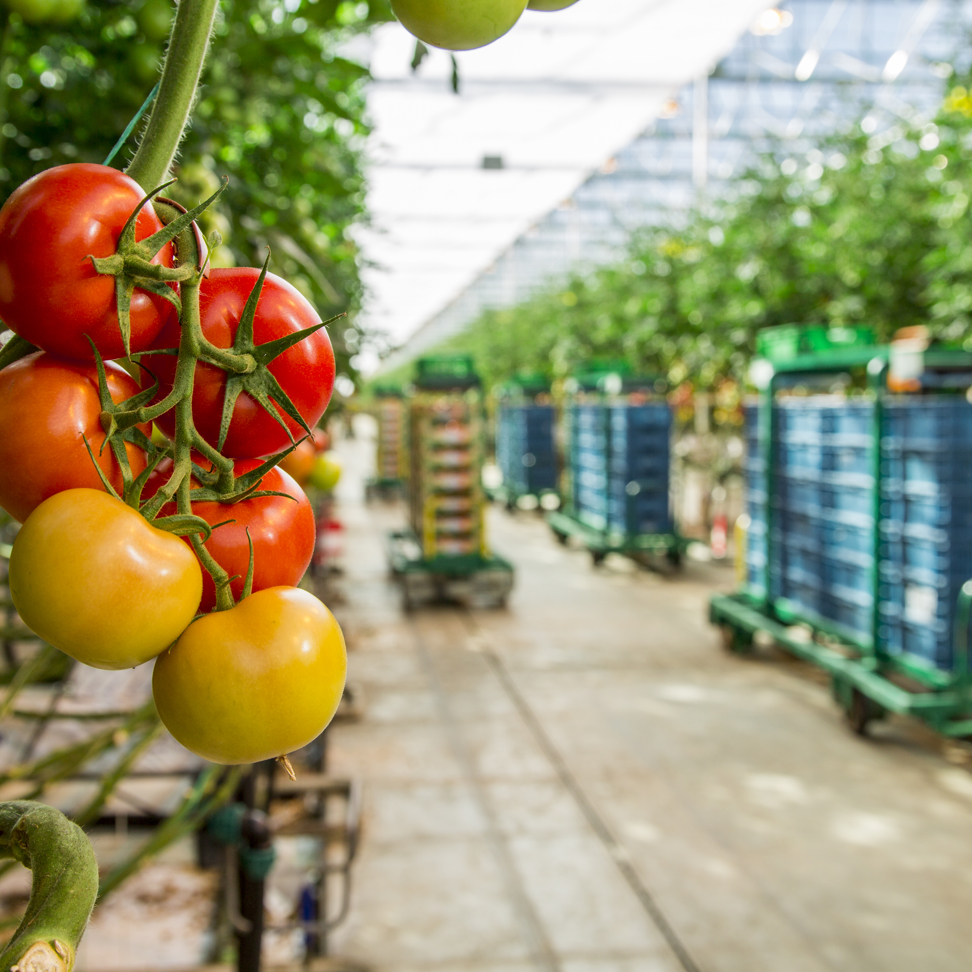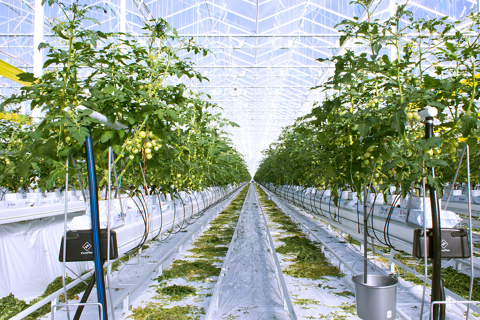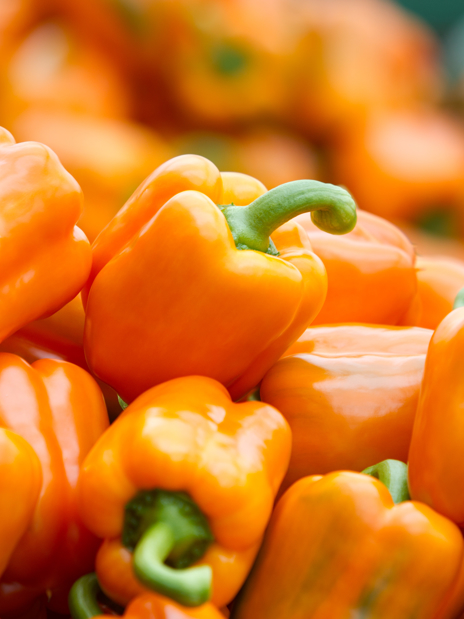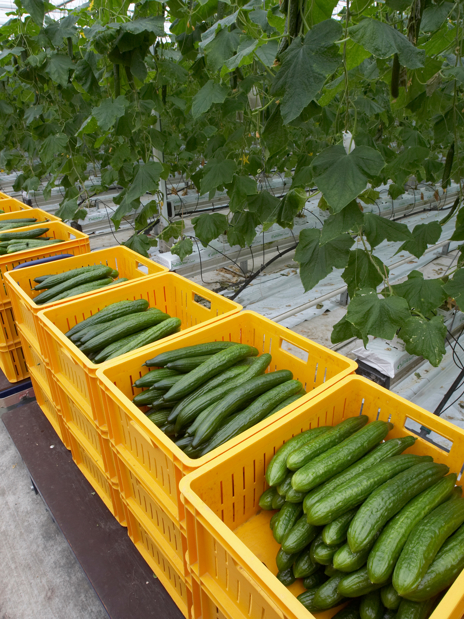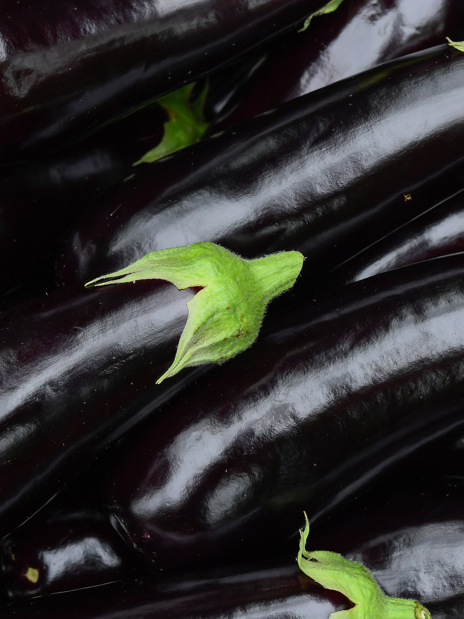Climate and Light
Tomatoes flourish in a warm climate with a 24-hour average temperature of around 21 to 27°C. They prefer a relative humidity level of 40-70% to prevent fungal diseases and facilitate effective transpiration. To enhance photosynthesis, tomato plants benefit from higher Carbon Dioxide levels, which can be managed within a greenhouse setting.
The advent of LED lighting technology has enabled growers to provide adequate light for tomato plants year-round. Many are transitioning to LED or employing a hybrid approach using both LED and traditional High-Pressure Sodium (HPS) lights to ensure optimal light quality and intensity.
Labor
Similar to other high-maintenance crops, tomatoes require a structured cultivation approach within the greenhouse. Segmented cultivation allows for continuous harvesting and ensures a steady workflow, keeping a dedicated team engaged with a variety of tasks ranging from planting, pruning, to harvesting and pest management.
Market
Unlike certain seasonal crops, the demand for fresh, locally-grown tomatoes remains stable throughout the year. They are a staple in many cuisines, making them a sought-after produce in both local and international markets.
Revenue
The revenue potential for greenhouse tomatoes is promising. With an average revenue that could reach up to 60.00 euro per square meter per annum or higher depending on the local market conditions. Although energy costs are a concern, utilizing energy-efficient technologies and renewable energy sources can significantly offset operational costs, making greenhouse tomato cultivation a viable and profitable venture.
